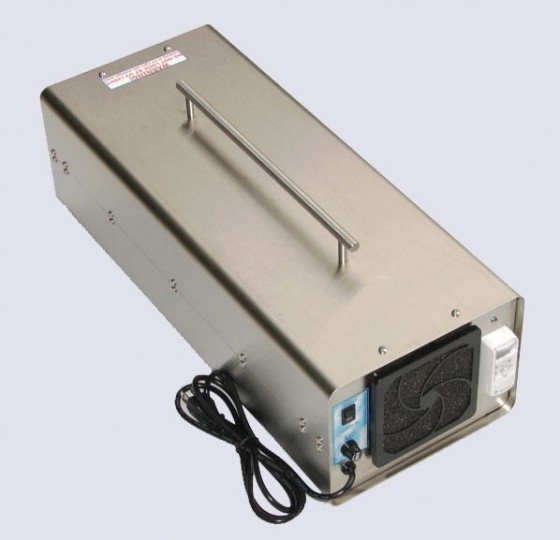Ozone Generators
Ozone or O3, is a molecule similar to oxygen that is made up of three oxygen atoms. While ozone in the lower atmosphere is harmful to humans, plants, and animals, causing respiratory problems in humans and animals while burning some types of plants, ozone in the upper atmosphere, known as the “ozone layer”, is highly effective at preventing harmful electromagnetic radiation from the Sun and other stars from reaching the Earth. By doing this, ozone is responsible for limiting the effects of global warming. While ozone in the lower atmosphere is very toxic, it can be used for beneficial purposes in a wide variety of applications.
How Ozone Generators Work
An ozone generator is a device that produces ozone through natural or artificial means. Ozone generators vary significantly in cost and size and may require other equipment such as air dryers or ozone concentrators to maximize their ozone production. Unlike other gases, ozone cannot be stored or transported due to its quick decay into oxygen. As a result, ozone must be produced on site in order to be used effectively. The most common method of ozone production is via a corona discharge, in which a corona discharges a tube that excites ambient oxygen molecules in the air and converts them to ozone. Other methods include concentrating ultraviolet light and cold plasma, although ozone can be produced as a by-product wherever high amounts of electricity or electromagnetic radiation come in contact with the air.
Applications
Ozone can bleach a surface, sanitize an area, dissolve a material, or break a material into several pieces by severing carbon-carbon bonds. It is commonly used to treat drinking water and water found in swimming pools, disinfect and deodorize fabric, and kill bacteria and insects in food. Ozone is also produced in the human body and the immune system uses it to attack foreign bodies such as viruses, bacteria, and small objects. A link between ozone production and inflammation has also been shown.
Advantages and Disadvantages
Ozone has several advantages and disadvantages. Even in low concentrations, ozone is highly toxic to humans, animals, and plants. Ozone is also very reactive and can destroy organic compounds as well as rubber, plastic, and many types of metal. However, in many cases, ozone is a cheaper, safer, and more effective means of decontaminating a surface because it can be produced anywhere electricity is in strong supply, decays into regular oxygen in a short amount of time, and does not require hazardous chemicals to be transported from one location to another.


Comments - No Responses to “Ozone Generators”
Sorry but comments are closed at this time.